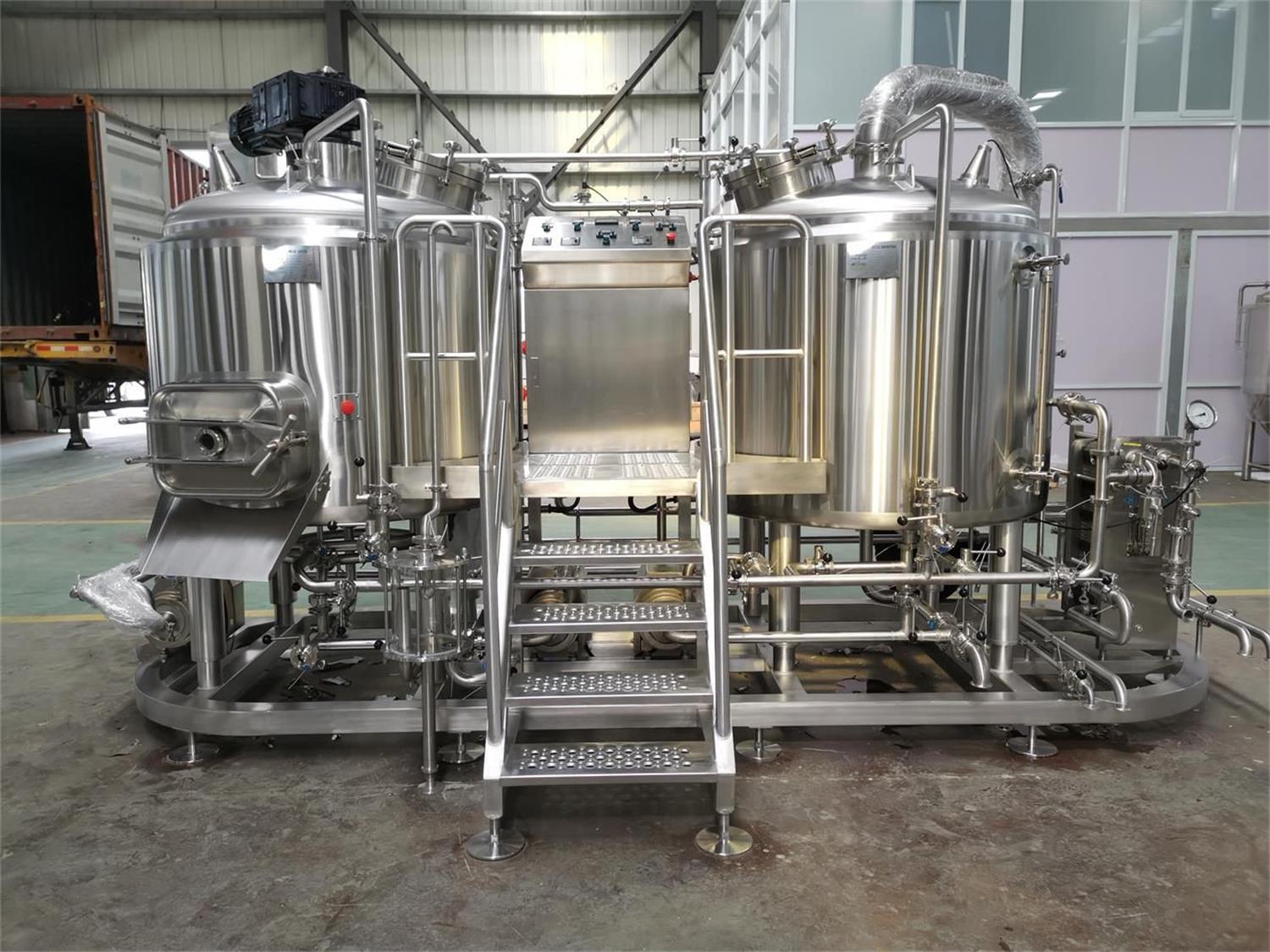How to choose Professional Brewing Equipment
Overview
Professional brewing equipment is the backbone of any successful brewery, whether a small craft beer startup or a large-scale commercial operation. Selecting the right equipment can mean the difference between producing high-quality, consistent beer and facing costly production issues. This guide explores everything you need to know about professional brewing systems, including essential components, how to choose the right setup, cost analysis, top brands, and common mistakes to avoid.
The Importance of Professional Brewing Equipment
If you want to brew beer at a commercial level, homebrewing kits just won’t cut it. Professional brewing equipment is designed to handle large volumes while ensuring precision, consistency, and efficiency. High-quality brewing systems help maintain flavor profiles, minimize waste, and optimize production efficiency, allowing breweries to scale up operations successfully. Investing in professional-grade equipment also ensures compliance with health and safety regulations.
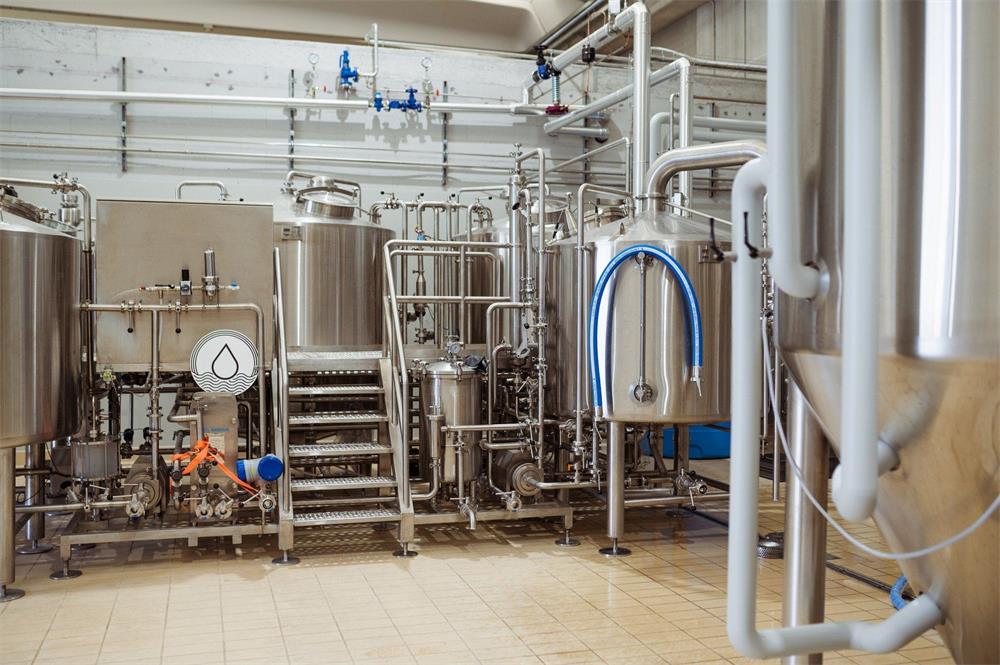
What is Professional Brewing Equipment?
Professional brewing equipment consists of industrial-grade machinery designed to facilitate the beer production process on a large scale. These systems include brewhouses, fermenters, filtration units, cooling systems, and more. Unlike homebrewing equipment, commercial setups are engineered to handle larger batches, provide precise control over brewing parameters, and ensure consistency in taste and quality.
Key Components of a Commercial Brewing System
A commercial brewing system consists of several essential components, each playing a crucial role in the beer production process. Let’s break down the key parts:
- Brewhouse: The heart of the brewing operation where mashing, lautering, boiling, and whirlpooling occur.
- Mash Tun: Used for mixing milled grains with hot water to convert starches into fermentable sugars.
- Lauter Tun: Separates solid grain husks from the liquid wort.
- Brew Kettle: Where the wort is boiled, hops are added, and flavors develop.
- Fermentation Tanks: Vessels where yeast converts sugar into alcohol and CO2, creating beer.
- Bright Tanks: Used for conditioning, carbonating, and storing beer before packaging.
- Cooling System: Essential for maintaining optimal fermentation temperatures.
- Filtration Unit: Removes unwanted solids, improving clarity and stability.
- CIP (Clean-in-Place) System: Automates cleaning and sanitization of equipment.
How to Choose the Right Brewing Equipment?
Choosing the right brewing equipment depends on several factors, including batch size, available space, budget, and production goals. Here’s a detailed comparison of factors to consider:
| Factor | Description |
|---|---|
| Batch Size | Determine how much beer you want to produce per brew cycle. Small breweries may start with a 3-barrel system, while larger setups require 30+ barrels. |
| Material | Stainless steel is the industry standard for durability and hygiene. Copper is aesthetically pleasing but requires more maintenance. |
| Automation Level | Automated systems reduce labor costs and ensure consistency, while manual systems offer more hands-on control. |
| Footprint & Space | Consider the available space in your brewery. Larger systems require more room for tanks, piping, and cooling systems. |
| Budget | Costs vary significantly based on size, material, and automation. Small-scale setups start around $50,000, while full-scale breweries exceed $500,000. |
| Future Scalability | Choose equipment that allows for future expansion if your brewery grows. Modular systems provide flexibility. |
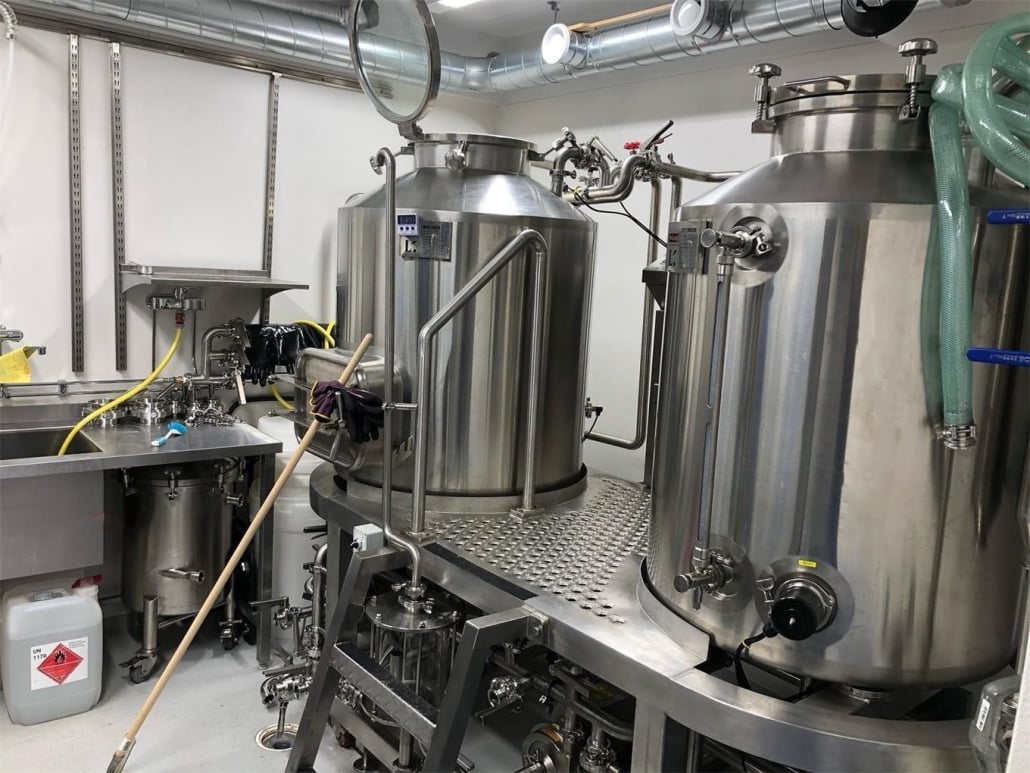
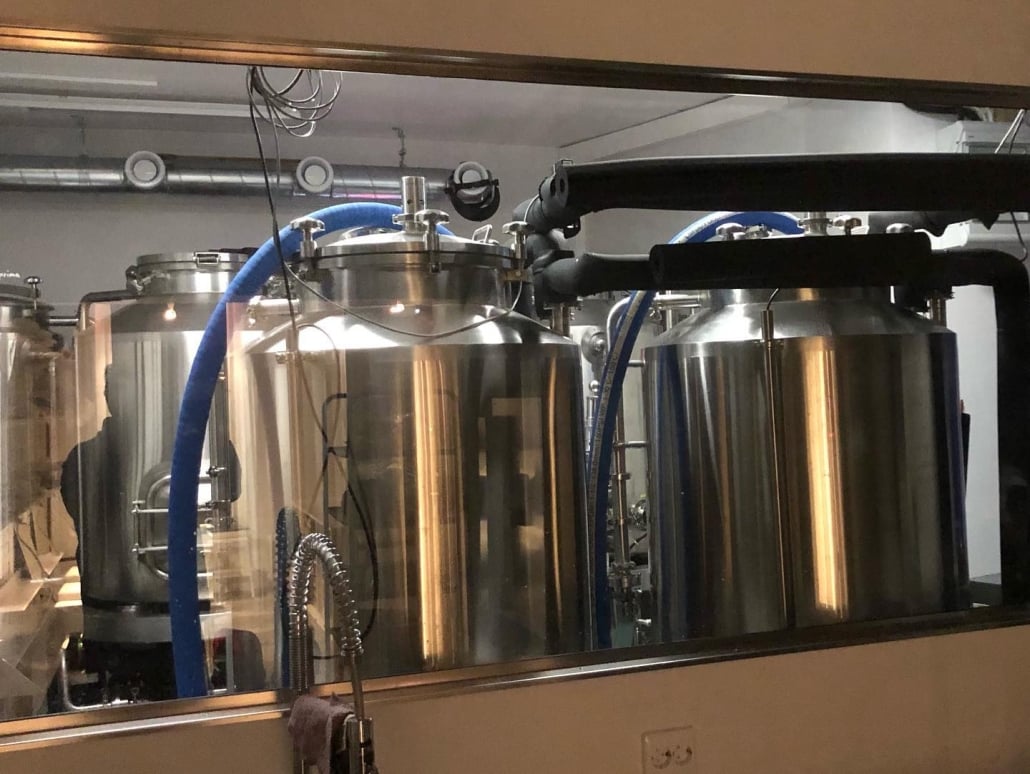
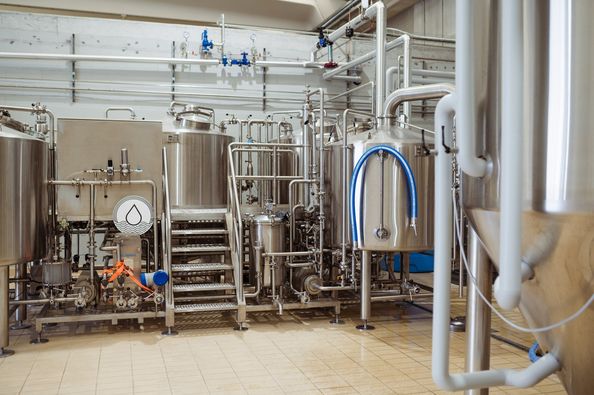
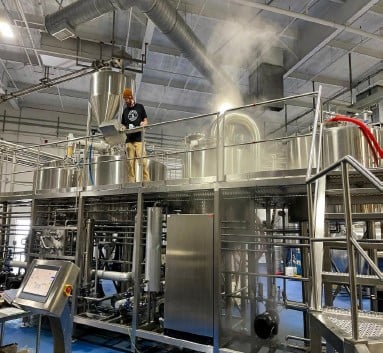
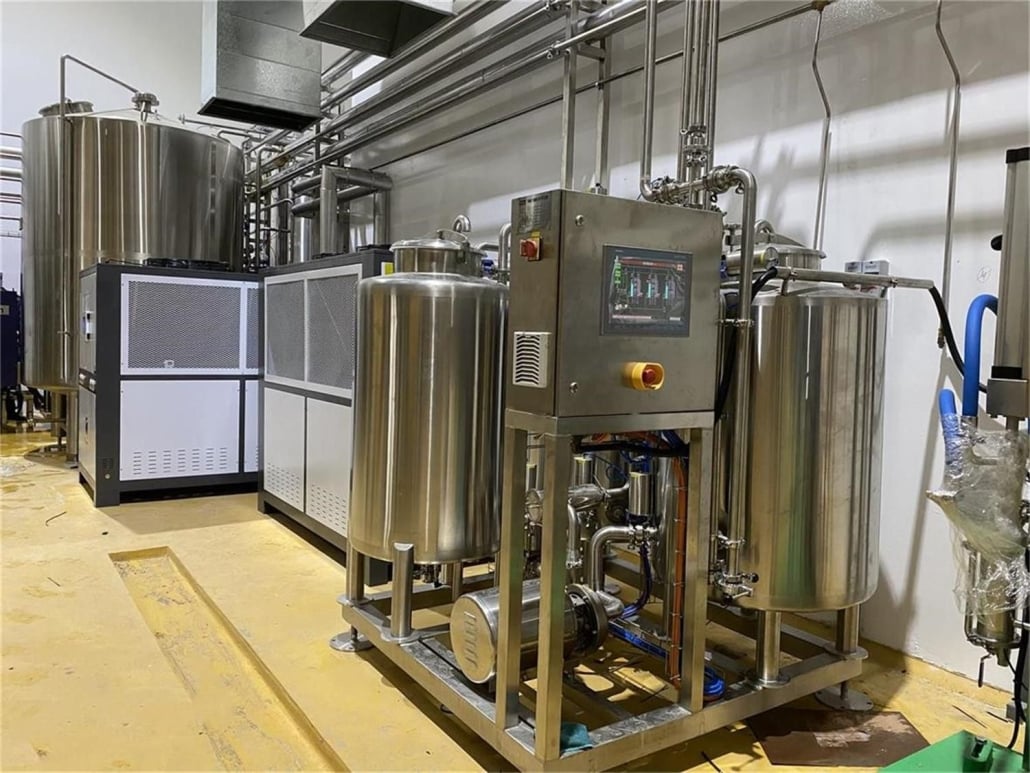
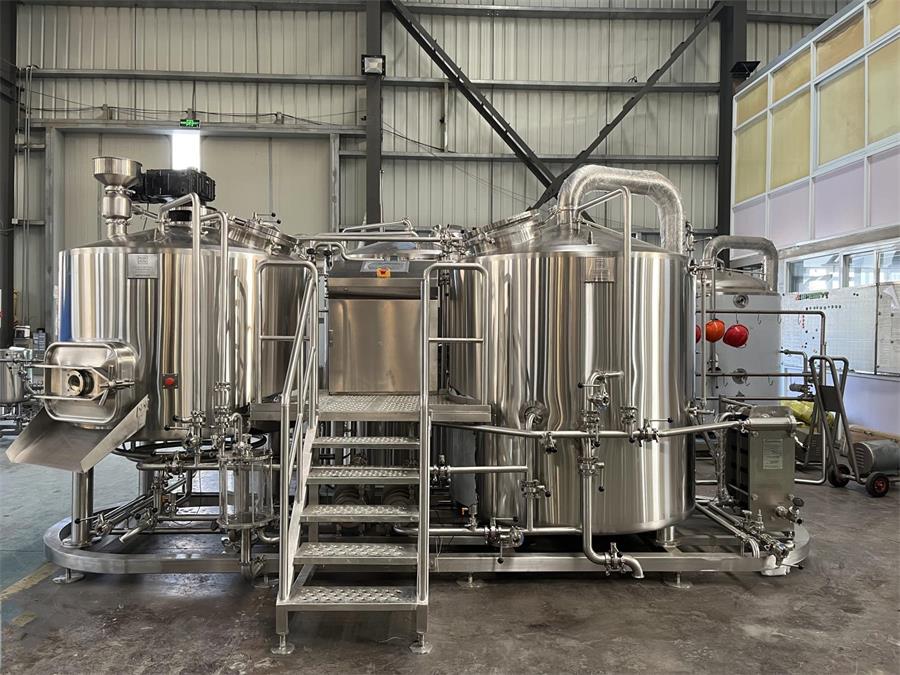
Cost Analysis of Professional Brewing Equipment
The cost of professional brewing equipment depends on various factors, including size, brand, and level of automation. Below is a general breakdown of pricing:
| Equipment | Estimated Cost Range |
|---|---|
| 3-10 BBL System | $50,000 – $150,000 |
| 10-30 BBL System | $150,000 – $500,000 |
| 30+ BBL System | $500,000+ |
| Fermentation Tanks | $5,000 – $50,000 (depending on size) |
| Bottling & Canning Line | $50,000 – $250,000 |
| Kegging System | $10,000 – $50,000 |
Best Professional Brewing Equipment Brands in 2025
Several manufacturers lead the brewing equipment industry. Some of the top brands in 2025 include:
- Ss Brewtech – Known for high-quality stainless steel brewing equipment.
- Blichmann Engineering – Offers innovative and scalable brewing systems.
- PicoBrew – Focuses on compact, automated brewing solutions.
- BrauKon – Premium German-engineered brewing systems.
- JV Northwest – High-quality American-made brewing equipment.
- Paul Mueller – Industry leader in fermentation and cooling solutions.
Setting Up a Professional Brewery: Step-by-Step Guide
- Develop a Business Plan: Define your brewery’s concept, target market, and financial projections.
- Secure Funding: Brewing equipment is expensive, so consider loans, investors, or grants.
- Choose a Location: Ensure it has adequate space, proper zoning, and access to utilities.
- Purchase Equipment: Select the right brewing system based on your production goals.
- Install and Configure Equipment: Work with professionals to set up and test your system.
- Obtain Licensing & Permits: Apply for necessary federal and state brewing permits.
- Hire and Train Staff: Educate employees on equipment operation and brewing techniques.
- Start Brewing & Marketing: Launch production and build brand awareness through marketing.
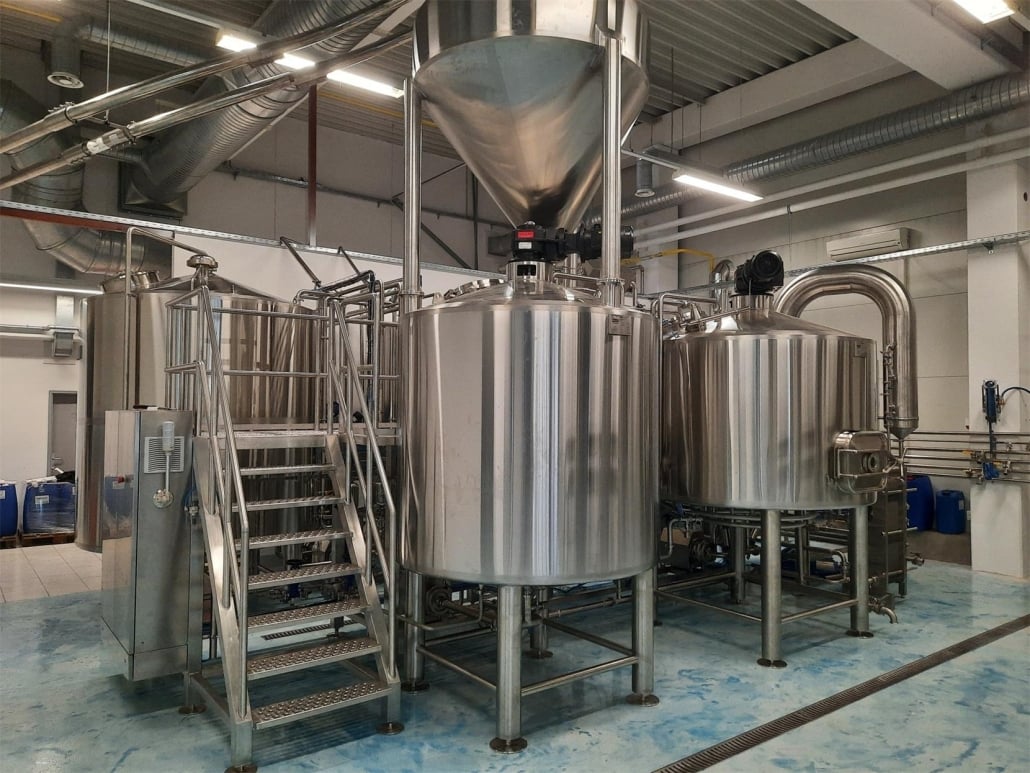
Common Mistakes to Avoid When Buying Brewing Equipment
- Underestimating Future Growth: Many new breweries buy too small and outgrow their system quickly.
- Ignoring Energy Efficiency: High-energy-consuming equipment increases operational costs.
- Not Budgeting for Hidden Costs: Installation, maintenance, and operational costs add up.
- Choosing the Wrong Material: Lower-quality materials lead to frequent breakdowns and contamination risks.
- Overlooking Automation: Manual processes slow production and reduce consistency.
FAQ
| Question | Answer |
|---|---|
| What is the best size for a startup brewery? | A 5-10 BBL system is ideal for new craft breweries. |
| How much does a commercial brewery cost to start? | Costs range from $250,000 to $1,000,000+ depending on size and equipment. |
| Is it better to buy new or used brewing equipment? | New equipment ensures reliability, but used systems can save money if well-maintained. |
| What’s the lifespan of professional brewing equipment? | With proper maintenance, brewing equipment can last 15-20+ years. |
| Do I need a chiller for my brewing system? | Yes, maintaining proper fermentation temperature is crucial for beer quality. |
Share this entry
Interested in learning more about Brewing Systems including additional details and pricing information? Please use the form below to contact us!
YOLONG BREWERY EQUIPMENT FAQS
- Commercial Brewery / Craft Brewery / Microbrewery / Nanobrewery
- What is The Difference Between Craft Beer and Industrial Beer?
- The Bespoke Differences In Custom Brewing Systems
- Everything You Need to Know About Kettle Souring
- How to Choose Brewing Equipment for Your business?
- How To Choose The-Best Partner To Build Your Commercial Microbrewing System?
- Two Detection Sensors That You Need To Use In Your Brewhouse System
- Remote Control Applications in Brewing Equipment/How does it work?
- How To Clean Your Brand New Brewery Tanks?

